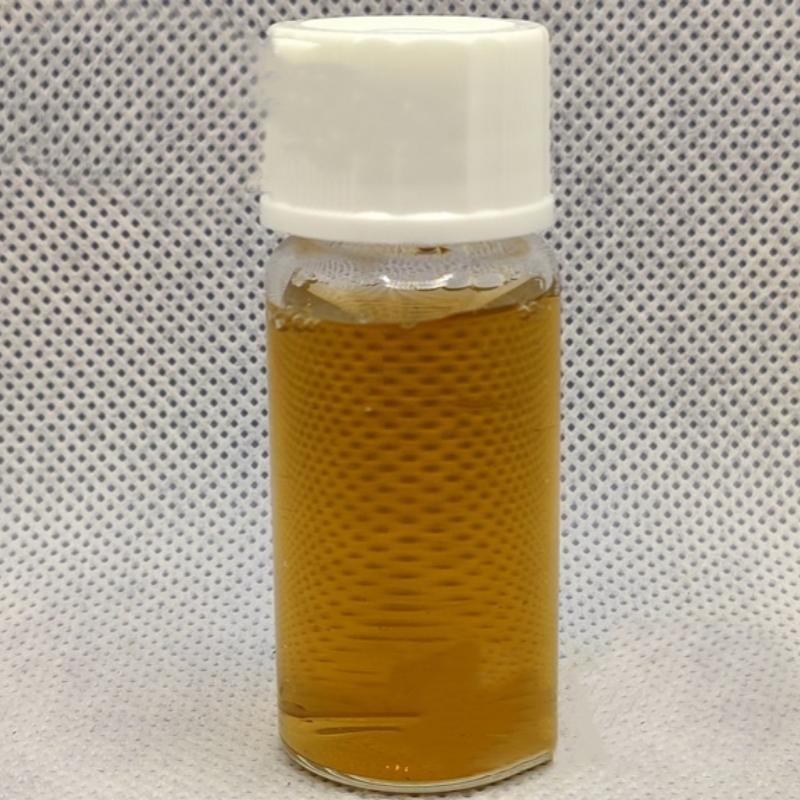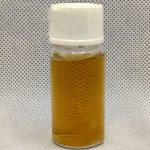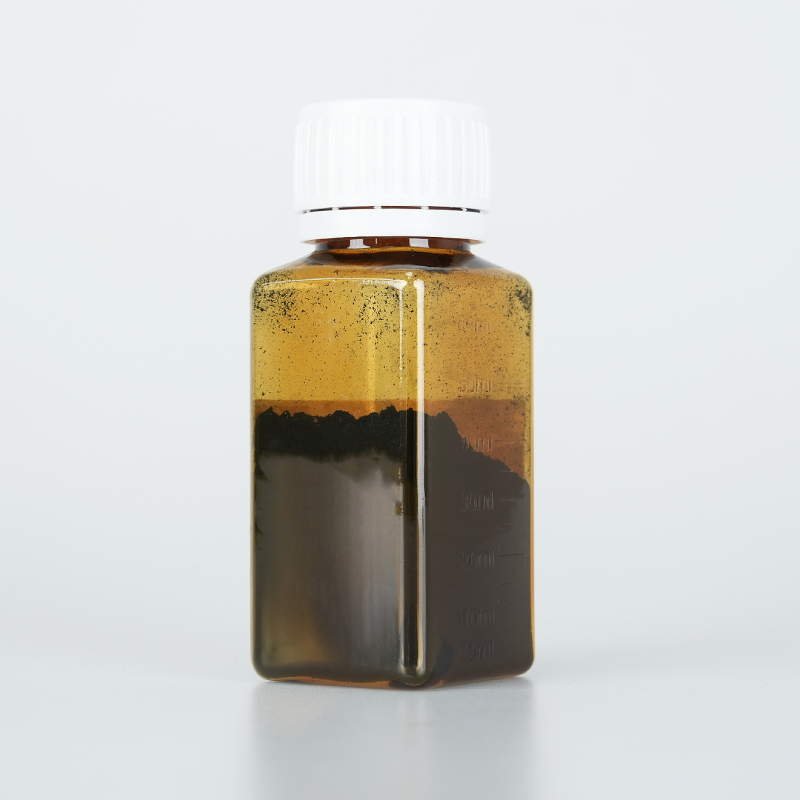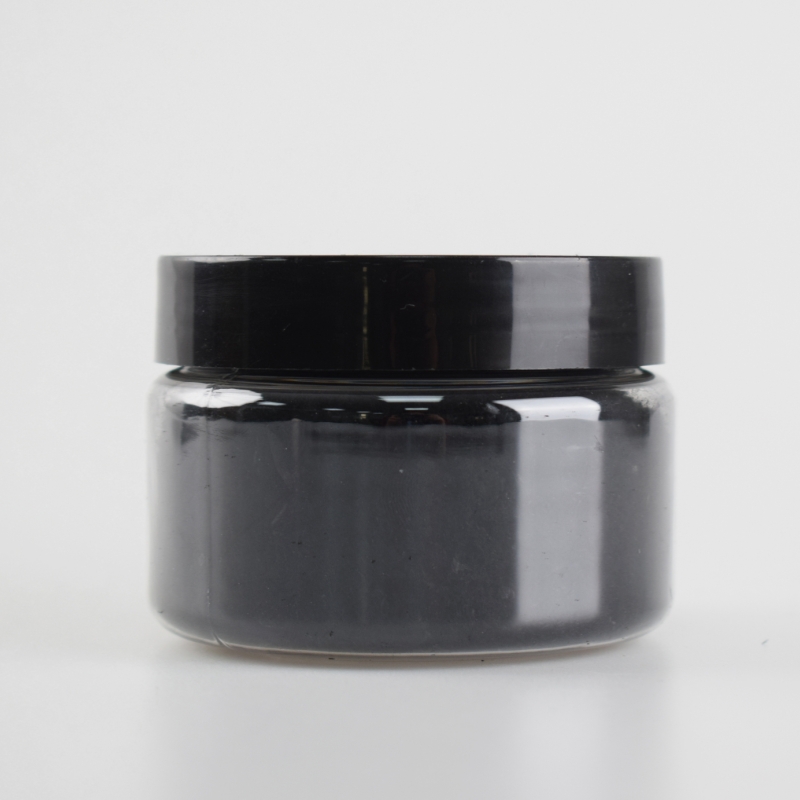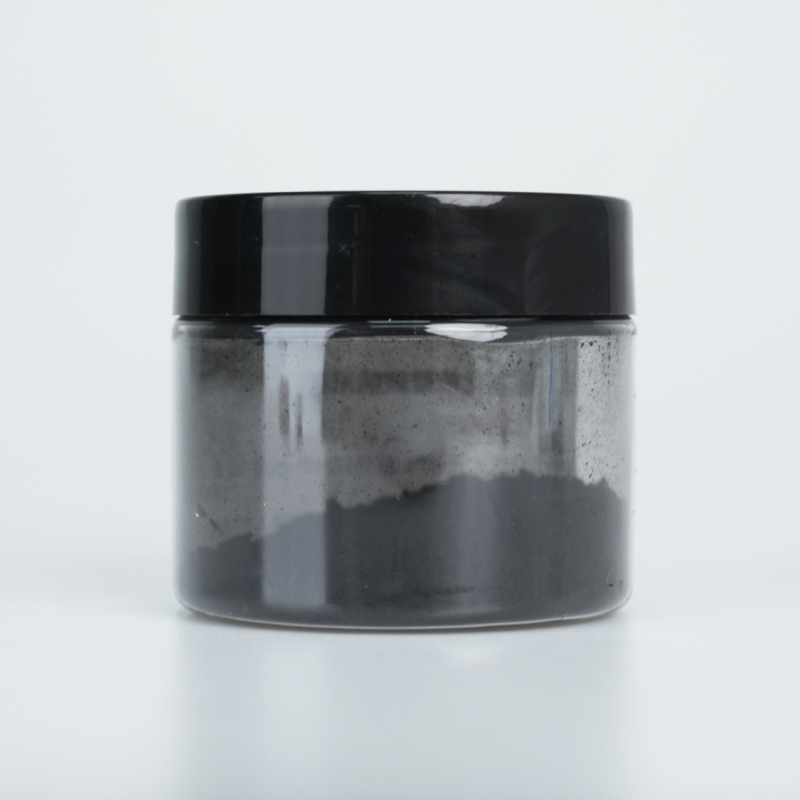Gold-silver nanospindles provide optimized bimetallic synergy, superior plasmonic resonance, and enhanced catalytic activity. Designed for advanced applications, they ensure efficient dispersion, extended durability, and high-performance adaptability.
Product Overview
Gold-silver nanospindles are nanocomposite materials made of two precious metals, gold (Au) and silver (Ag), typically exhibiting a core-shell structure. The gold nanoparticle forms the core, with a gold-silver alloy shell growing on its surface. This structure imparts the gold-silver nanospindles with unique optical and catalytic properties. The particles are negatively charged, exhibit high surface area, are easily surface-functionalized, and are well-dispersed and stable.
Features
- Unique Optical Properties: Gold-silver nanospindles feature dual-peak absorption in the ultraviolet-visible-infrared spectrum. One peak is around 500 nm, while another lies in the near-infrared region (~850-900 nm).
- High Surface Area: The hollow structure provides a high surface area, increasing loading capacity and enhancing catalytic efficiency.
- Surface-Enhanced Raman Scattering (SERS) Activity: Due to the gold-silver alloy structure, gold-silver nanospindles exhibit significant SERS activity, making them ideal for detecting low-abundance molecules.
Applications
- Photothermal Therapy: Under near-infrared light irradiation, gold-silver nanospindles generate heat, useful for tumor treatment. They can effectively kill cancer cells or inhibit tumor growth.
- Drug Delivery: Gold-silver nanospindles can act as drug carriers, achieving targeted drug delivery via surface modification. This increases therapeutic efficacy while reducing side effects.
- Biological Imaging: With their unique optical properties, gold-silver nanospindles are used in fluorescence imaging, Raman imaging, and other diagnostic techniques to assist doctors in more accurately diagnosing and monitoring diseases.
- Gene Therapy: Gold-silver nanospindles can carry gene fragments and deliver them into cells, offering potential for treating genetic disorders and cancers.
| Technical Parameter | Description |
| Optical Density | 0.8-1 |
| Solvent | Ultrapure water |
| Surface Modifier | Citrate |
| Mass Concentration | ~50µg/ml |
 new material
new material

